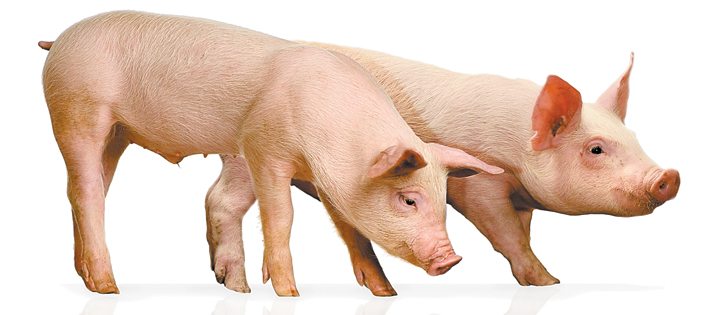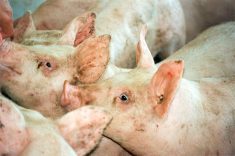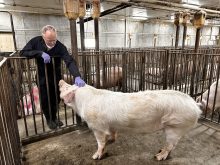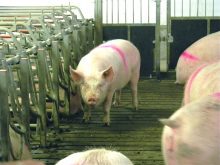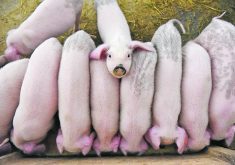INDUSTRY WOES | Economic crises at two of the Prairies’ largest hog companies are the latest events in a tumultuous 15 years for the industry. In this second installment of a two-part special series, Karen Briere and Ed White examine the root causes and the industry’s future.
Economic crises at two of the Prairies’ largest hog companies are the latest events in a tumultuous 15 years for the industry. In this second installment of a two-part special series, Karen Briere and Ed White examine the root causes and the industry’s future.
Livestock producers are on the verge of what could be a golden age of profitability, say analysts.
They could soon take hold of the reins of an agricultural bull market that crop farmers have held since the mid-2000s.
Read Also
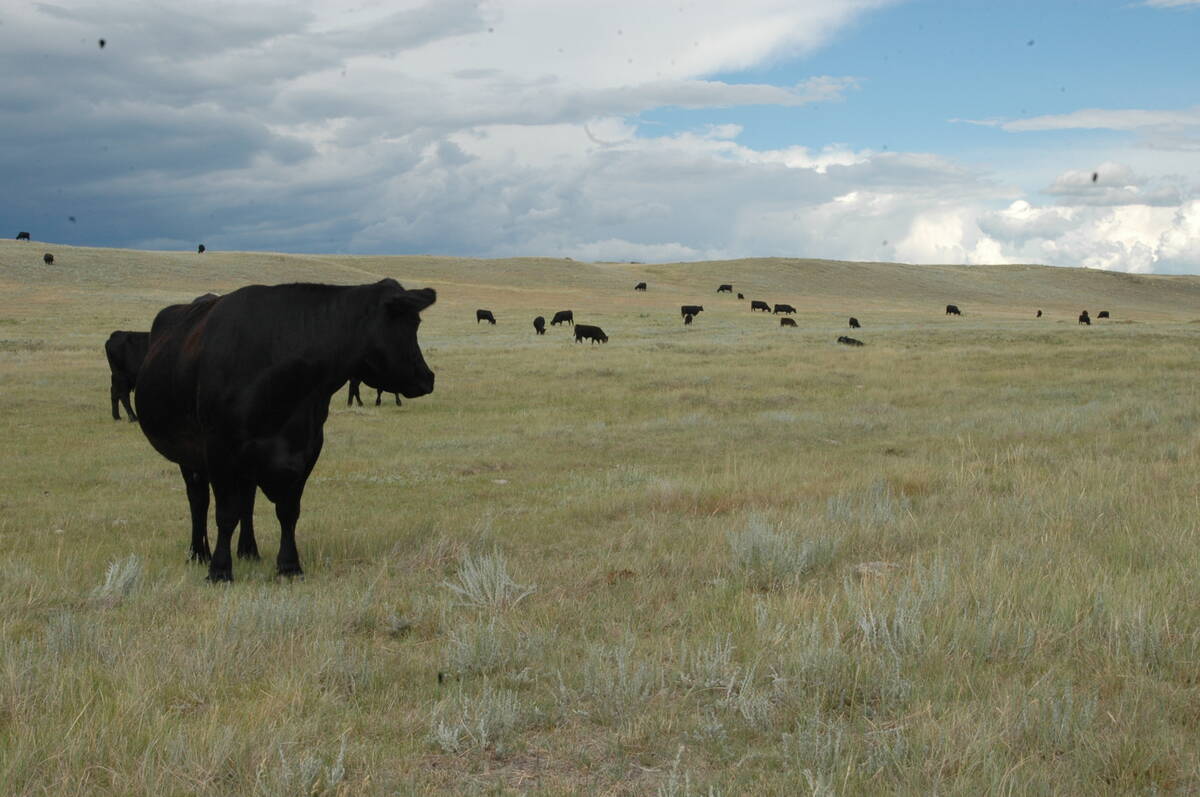
Saskatchewan Cattle Association struggles with lower marketings
This year’s change in the provincial checkoff has allowed the Saskatchewan Cattle Association to breathe a little easier when it comes to finances.
“We’re kind of at that point where (feedgrain) supply can catch up with that demand growth,” said Purdue University hog industry economist Chris Hurt.
“We are going to see a better supply/demand balance on things like corn and soybeans in the next one to five years.”
That would be a relief for thousands of livestock producers squeezed by repeated feedgrain price spikes since 2006. Livestock producers will also benefit from herd liquidations prompted by high feed costs and the lack of feed and pastures.
“Somewhere in the not-too-distant future, you could be looking at phenomenal profit conditions, but how many are going to make it there?” said Al Mussell of the George Morris Centre.
Hurt’s bullish long-term outlook is based on two factors that make crop prices less likely to surge dramatically in the future:
- the corn demand increase caused by U.S. ethanol laws is about to top out and then decline
- China’s growth rate is dropping and might soon stop challenging the world’s ability to produce resources such as soybeans.
Ethanol’s consumption of corn and wheat isn’t expected to drop in the future, but Hurt said that’s not what’s important.
Annual U.S. corn yield increases of two bushels per year are expected to meet the extra ethanol capacity that is to be added in the next two years. After that, the percentage of corn consumed by ethanol production will steadily decline.
“If you have a trend yield increase in corn, it will take less corn area to supply the ethanol,” said Hurt. “You will have a declining demand base.”
It’s the same situation with China’s booming demand for soybeans. Its imports of 61 million tonnes account for about two-thirds of world trade in the oilseed.
The slowing demand growth should allow farmers to catch up with production and avoid the short stocks that exist this year.
“They (China) still are going to buy soybeans and they are going to buy some corn, but the rate at which they have been increasing their consumption of soybeans will go down,” said Hurt.
Farmers around the world have been striving to boost production by increasing yields, bringing new land into production and improving production methods. This means that the years of demand racing ahead of supply and causing crop prices to soar could be ending.
“This is very different from the last five years,” said Hurt.
Weather is always the wild card, with droughts and floods disrupting supply and demand balances. However, the impact of wild weather is much greater when demand is also booming.
A one-year drought or string of small problems will have much less impact on prices if the world grows more crops.
So livestock feed costs should become more manageable in the futures.
The other side of the livestock production profit equation is the price of animals and meat. They should strengthen, and add to the prospect of improved profits for producers.
Hog producers who survive the crisis should benefit from the ongoing hog and cattle herd liquidations.
Herds should decline this year instead of growing by one or two percent, while meat demand will continue to grow marginally.
That not only creates good market conditions for next year, but also leaves a smaller meat supply for years to come.
A sow that is bred today doesn’t produce pork at the slaughter plant for almost a year. The time lag is much longer for cattle, with cows bred next summer not producing beef until 2016.
U.S. cattle producers are reducing their herds because they don’t have pasture or hay, so there will almost certainly be less beef on the market next summer. Supplies will be further reduced if females are kept back for breeding.
That leaves a big multi-year hole for other meats to fill, and Hurt said that leaves chicken and pig producers in an enviable position.
“That gives the two industries a real head start,” said Hurt.
“They’re able to quickly get production increased.”
Sows bred now will produce weanlings in the winter, and the market hogs will be available next fall when beef supplies should be short.
If Hurt’s analysis is correct, the future should bring weaker prices for crops and stronger prices for livestock, which should mean profitability for livestock producers.
Another year of drought would extend the crop rally, but normal climatic conditions have to be assumed to apply over the longer term.
The livestock industry might be on the verge of becoming the profit leader in agriculture, even if that’s hard to imagine right now.
“If you get through the storm, you can expect the sun to return,” said Hurt.


